In 1996, a new Article 625, Electric Vehicle Charging System Equipment, was added to the National Electrical Code (NEC) in anticipation of new technology in the form of electrically charged vehicles. The addition of this article was in response to clean air legislation on both the federal and state level that implemented new requirements for vehicles with reduced emissions of air pollutants. Article 625 (titled Electric Vehicle Charging System in the 2008 NEC) includes requirements for “…electrical conductors and equipment external to an electric vehicle that connect an electric vehicle to a supply of electricity…” and the installation of the related equipment and devices.
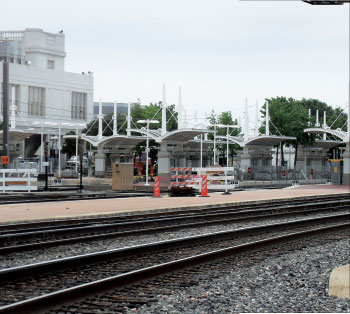
Photo 1
Of primary concern for electrical installations are the charging facilities for battery storage type electric vehicles. UL Standard 2202, Electric Vehicle (EV) Charging System Equipment, covers “…conductive and inductive charging system equipment intended to be supplied by a branch circuit of 600 volts or less for recharging the storage batteries in over-the-road electric vehicles (EV).” Charging equipment can be single- or three-phase with a wide range of power requirements.
There are three commonly used classifications for electric vehicle charging, and they are referred to as Level 1, Level 2, and Level 3.
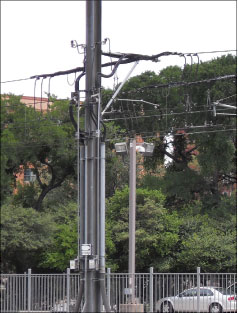
Photo 2. Electric public transit has plenty of power to get us to our destination as seen here at the 13,800 VA catenary drop.
Level 1 allows plugging into a typical, grounded 120-volt electrical receptacle. A dedicated circuit is recommended, and the minimum circuit and overcurrent rating for this connection is 15 amperes for a 15-ampere receptacle and 20 amperes for a 20-ampere receptacle. Because this limits the usable current to 12 or 16 amps, charging times can be quite long.
Level 2 is the most common method of electric vehicle charging at both private and public facilities. This level requires specific equipment and connection to an electric power supply dedicated to electric vehicle charging. The voltage may be either 240 or 208 volts. The maximum load is 32 amperes, and the minimum circuit and overcurrent rating for this level is 40 amperes. Electric vehicles are treated as continuous loads as required inNEC625.14.
Level 3 is a rapid charge method that can charge an electric vehicle in a short period of time, sometimes in as little as 10 minutes. Exact voltage and load specifications for Level 3 are not defined since the available connections from the serving utility may vary, but generally requires a 480-volt, three-phase service. The charging equipment typically ranges from 60 to 150 kW.
The Carrot or the Stick?
According to the American Public Transportation Association’s2010 Public Transportation Fact Book,as of January 2009 only 0.2% of buses in the United States were powered by electricity only, and 4.9% were hybrid electric. These percentages are expected to change significantly in the coming years, as government regulation requires the development and deployment of electric vehicles for public transportation.
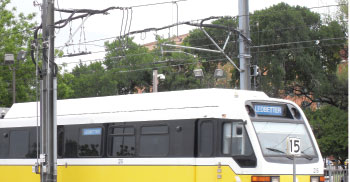
Photo 3. Many of the major metropolitan areas provide electric public transportation and the need grows daily.
An example at the state level is California’s Zero-Emission Bus (ZBus) regulation, which was established in 2000 with the requirement that 15% of all new transit buses be zero emission buses starting in 2011 or 2012. Options for zero emission buses include battery electric buses, electric trolley buses with overhead twin wire power supply, and hydrogen fuel cell buses. Demonstration buses are being purchased by large transit authorities in California to test out the technology and performance of the new vehicles. California has delayed enforcing this requirement due to production delays, but plans to issue updated requirements by July 2012.
In addition to regulation, some government programs provide grants and other financial incentives to encourage the development of clean energy transportation. To support President Obama’s goal of putting one million plug-in hybrid vehicles on the road by 2015, the federal government has given millions of dollars in grants to support development and production of electric charged vehicles.
In 2009, the United States Department of Energy (DOE) announced a $10 million grant to aid in the developing, testing, and deployment of plug-in hybrid electric school buses. The project aims to deploy 60 vehicles for a three-year period in school bus fleets across the nation. The vehicles will be capable of running in either electric-only or hybrid modes and will be recharged from a standard electrical outlet. The goal is to develop a vehicle with a 40-mile electric range. When traveling beyond the 40-mile range, the buses will utilize a clean diesel engine capable of running on renewable fuels. The DOE funding will cover up to half of the project’s cost and will be provided over three years.
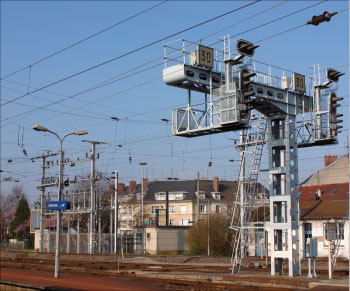
Photo 4. Electric powered transit has become part of our everday landscape.
With the help of funds from the American Recovery and Reinvestment Act of 2009, one company has recently unveiled a new electric delivery truck that can travel up to 100 miles per charge. Charging requires a 220-volt outlet and takes 8 hours. Several of these trucks are already on the road in California, and the company expects to deliver up to 400 vehicles by the end of 2010.
There are many competing technologies that are included in the electric vehicle classification. Battery electric vehicles store energy and are charged directly from the electric system. Most use regenerative braking to recapture kinetic energy during braking and to extend their range between charges. There are also many hybrid electric vehicles that use alternative fuels, diesel and/or fuel cells in combination with an electric drive system. These hybrid vehicles typically allow a much longer range than a battery-only vehicle.
Quite a few electric buses are already being used for short-range transportation routes in high-density metropolitan areas. For example, Chattanooga, Tennessee, has been using an electric shuttle since 1992 to provide free rides between attractions and other locations in the downtown area. Miami Beach, Florida, has been operating electric shuttle buses since 1998 in the South Beach area. Each bus seats 22 passengers with additional standing room, and can run for up to 8 hours on a single 20-minute charge.
Many of the new zero-emission vehicles on the road use hybrid technologies. For example, hybrid buses may combine an electric propulsion system with a conventional internal combustion propulsion system. This is similar to many of the hybrid personal vehicles on the road today. It allows the extended range of conventional fuels while cutting emissions during idling and low speed travel. This is particularly practical for city buses that stop often and may spend significant time traveling at low speeds on city streets or in traffic. Many large transit departments are testing a variety of low or zero emission vehicles including battery electric vehicles, diesel hybrid electric vehicles, compressed natural gas, fuel cells, and other hybrid combinations.
Rails and Wires

The Future of Public Transportation
Because alternative fuel public transportation buses typically cost several times that of a traditional diesel fuel bus, improvements in technology and lowered cost are needed to speed the transition of our current transit fleets to zero emission vehicles. A key technology that is essential to lowering the cost of battery electric vehicles is the development of better storage batteries. Researchers are working to develop batteries that charge more quickly, weigh less, maintain their charge longer and have a longer lifetime. As technology improves and more clean air options become available for public transportation, we can expect to see transit systems switching from traditional fossil fuels to cleaner, quieter alternative fuel vehicles.












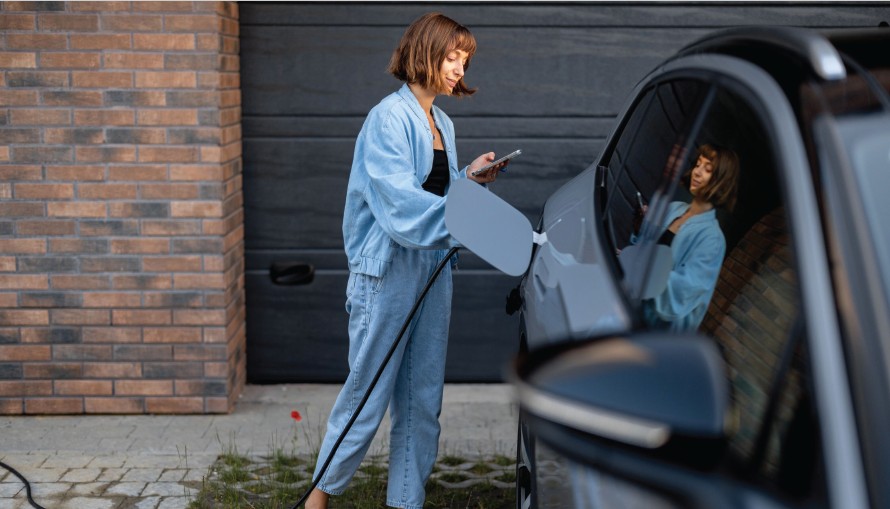
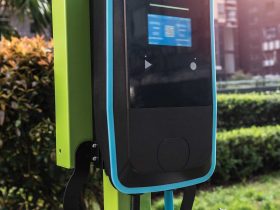
Find Us on Socials